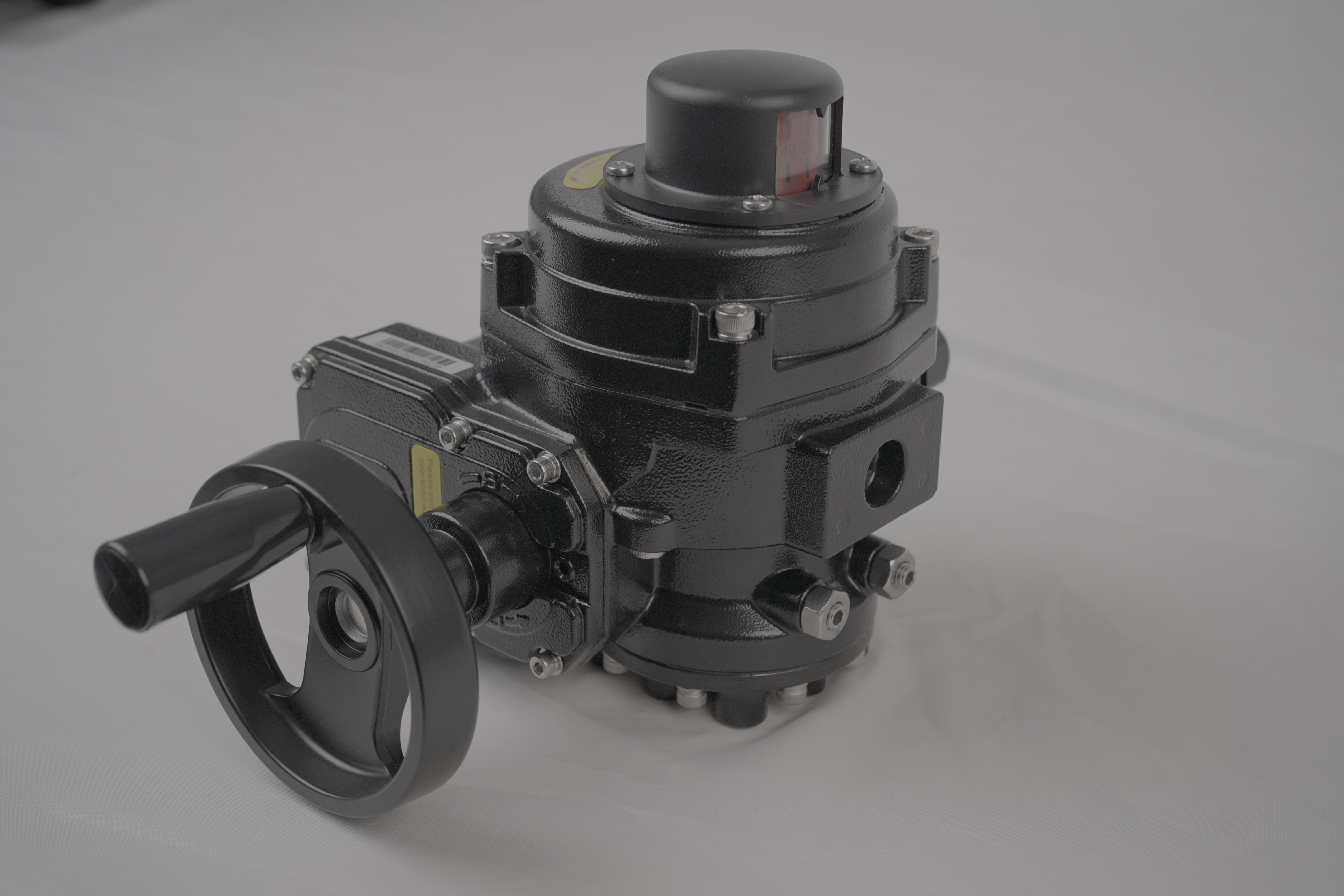
In the realm of modern energy storage, Lithium-ion batteries (LIBs) have emerged as the cornerstone, powering our portable devices, electric vehicles, and even renewable energy systems. However, the very qualities that make LIBs so desirable—high energy density and prolonged life cycles—also pose significant safety challenges. At the heart of addressing these challenges lies the Lithium Battery Safety Valve, a vital component that safeguards against catastrophic failures.

The Lithium Battery Safety Valve serves as a pressure relief mechanism, designed to prevent the buildup of excessive internal pressure within the battery cell. This pressure can stem from various sources, including overcharging, short circuits, or exposure to extreme temperatures. When such conditions occur, chemical reactions within the battery generate gases, rapidly increasing the internal pressure. Without proper venting, this pressure can cause the battery to rupture or even explode, posing a severe risk to users and the environment.
The safety valve operates on a simple yet ingenious principle. Embedded within the battery's casing, it consists of a pressure-sensitive mechanism that remains sealed under normal operating conditions. However, as soon as the internal pressure exceeds a predetermined threshold, the valve's sealing mechanism gives way, allowing the trapped gases to escape safely. This rapid depressurization not only mitigates the risk of explosion but also helps to preserve the structural integrity of the battery, potentially enabling it to continue functioning or at least minimizing the damage caused by a failure.
